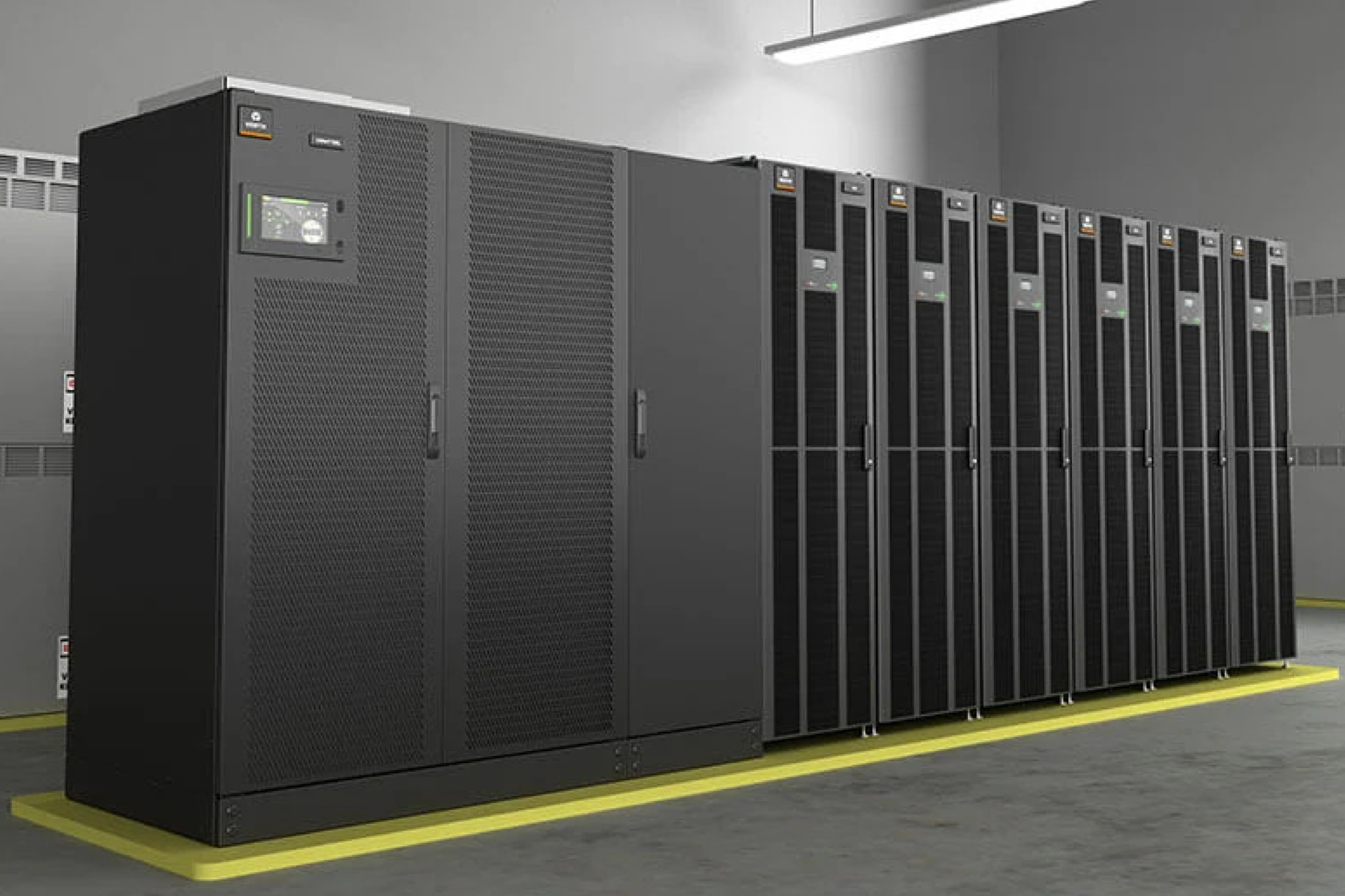Vertiv trends forecast sees intense focus on AI enablement and energy management. As AI reshapes the data center landscape, Vertiv’s 2024 forecast highlights the dual imperatives of meeting AI demands while reducing energy consumption. CEO Gio Albertazzi emphasises collaboration for sustainability.
In 2024, the data center business will confront substantial hurdles as demand for artificial intelligence (AI) battles with the pressing need to reduce energy usage and environmental effect. According to Vertiv, a global provider of critical digital infrastructure and continuity solutions, the proliferation of AI ‘as Vertiv predicted two years ago’, as well as the infrastructure and sustainability challenges inherent in AI-capable computing, will be felt across the industry and throughout 2024.
Vertiv CEO Giordano (Gio) Albertazzi said, “AI and its downstream impact on data center densities and power demands have become the dominant storylines in our industry. “Finding ways to help customers both support the demand for AI and reduce energy consumption and greenhouse gas emissions is a significant challenge requiring new collaborations between data centers, chip and server manufacturers, and infrastructure providers.”
These are the trends that Vertiv’s analysts believe will dominate the data center ecosystem in 2024:
AI establishes the terms for new builds and retrofits. The growing need for artificial intelligence across applications is forcing enterprises to make significant adjustments to their operations. Legacy facilities are ill-equipped to enable mass adoption of AI’s high-density computing, with many lacking the necessary liquid cooling infrastructure. In the coming year, an increasing number of organizations will recognize that half-measures are insufficient and will instead opt for new construction, which will increasingly feature prefabricated modular solutions that shorten deployment timelines, or large-scale retrofits that fundamentally alter their power and cooling infrastructure. Such major changes create opportunity to deploy more environmentally friendly technologies and practices, such as liquid cooling for AI servers, which can be combined with air-cooled thermal management to support the overall data center space.
Expanding the quest for alternate energy storage systems: New energy storage technologies and methodologies have demonstrated the ability to intelligently interact with the grid and meet a crucial goal: minimizing generator starts. Battery energy storage systems (BESS) meet prolonged runtime demands by changing the load as needed and for longer periods of time, and they can work seamlessly with alternative energy sources like solar or fuel cells. This reduces generator use and their environmental impact. BESS deployments will become more popular by 2024, eventually adapting to “bring your own power” (BYOP) models and providing the capacity, reliability, and cost-effectiveness required to serve AI-driven demand.
Enterprises prioritize flexibility: While cloud and colocation providers aggressively pursue new deployments to fulfill demand, organizations with enterprise data centers are more likely to vary their investments and deployment techniques. AI plays a role here as firms grapple with how to best enable and deploy the technology while still reaching sustainability goals. Businesses may begin to consider on-premise capacity to enable proprietary AI, and edge application installations may be impacted by AI tailwinds. Many businesses should anticipate to emphasize incremental investment, with a heavy reliance on prefabricated modular solutions, as well as service and maintenance, to extend the life of existing equipment. Such services can give additional benefits by improving operation to free up capacity in overburdened computing environments while also increasing energy efficiency. Similarly, corporations can reduce Scope 3 carbon emissions by prolonging the life of existing servers rather than replacing and disposing of them.
The drive to the cloud has security challenges: Gartner predicts a 20.4 percent growth in global spending on public cloud services by 2024, indicating a continued trend of cloud migration. This puts pressure on cloud providers to swiftly boost capacity to meet demand for AI and high-performance computing, and they will continue to rely on global colocation partners to do it. Security is critical for cloud clients as they move more data offsite, and Gartner reports that 80 percent of CIOs intend to increase expenditure on cyber/information security in 2024. Different national and regional data security standards may pose significant security difficulties as efforts to standardize continue.
Cookie Consent
We use cookies to personalize your experience. By continuing to visit this website you agree to our Terms & Conditions, Privacy Policy and Cookie Policy.















